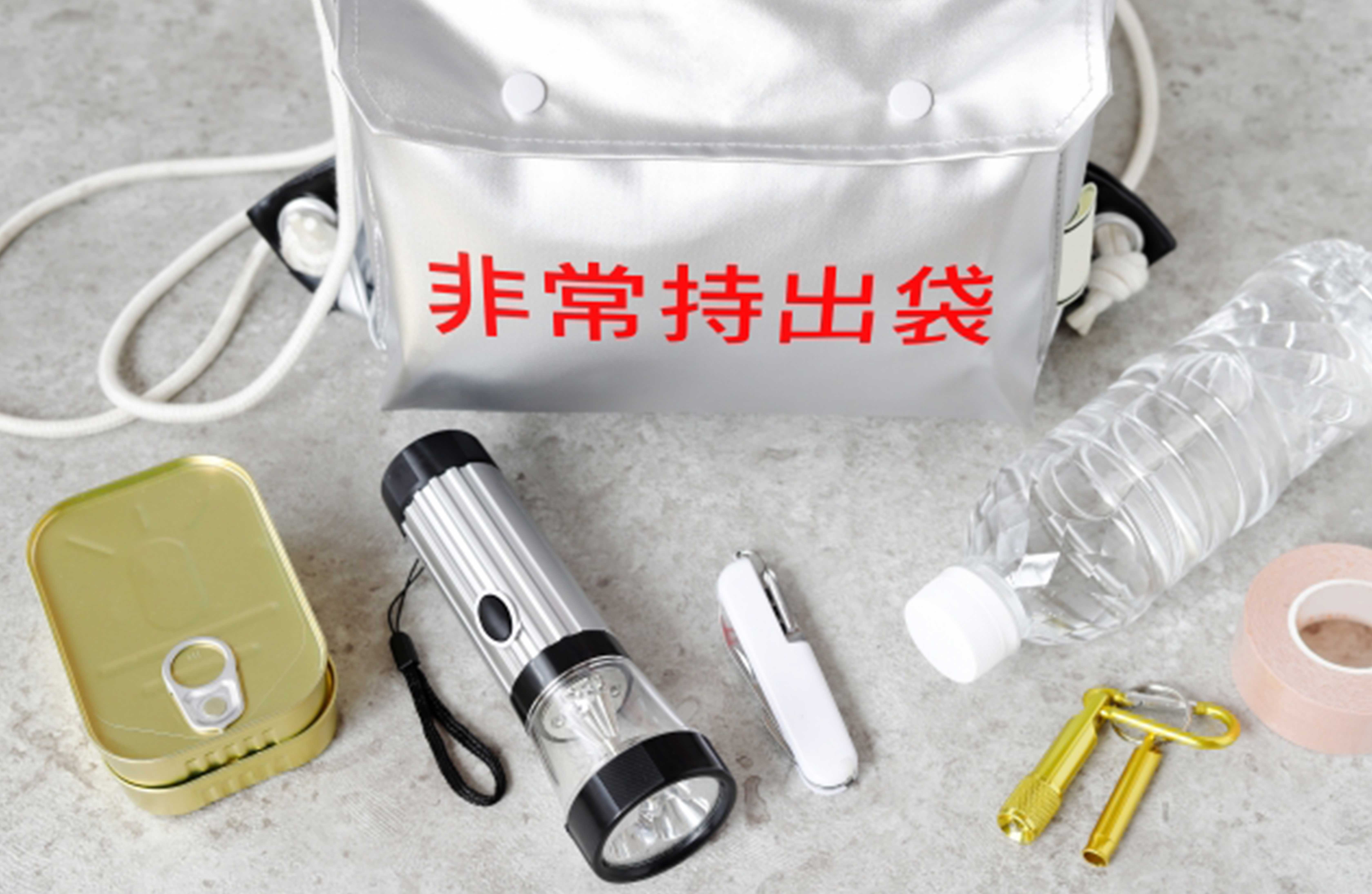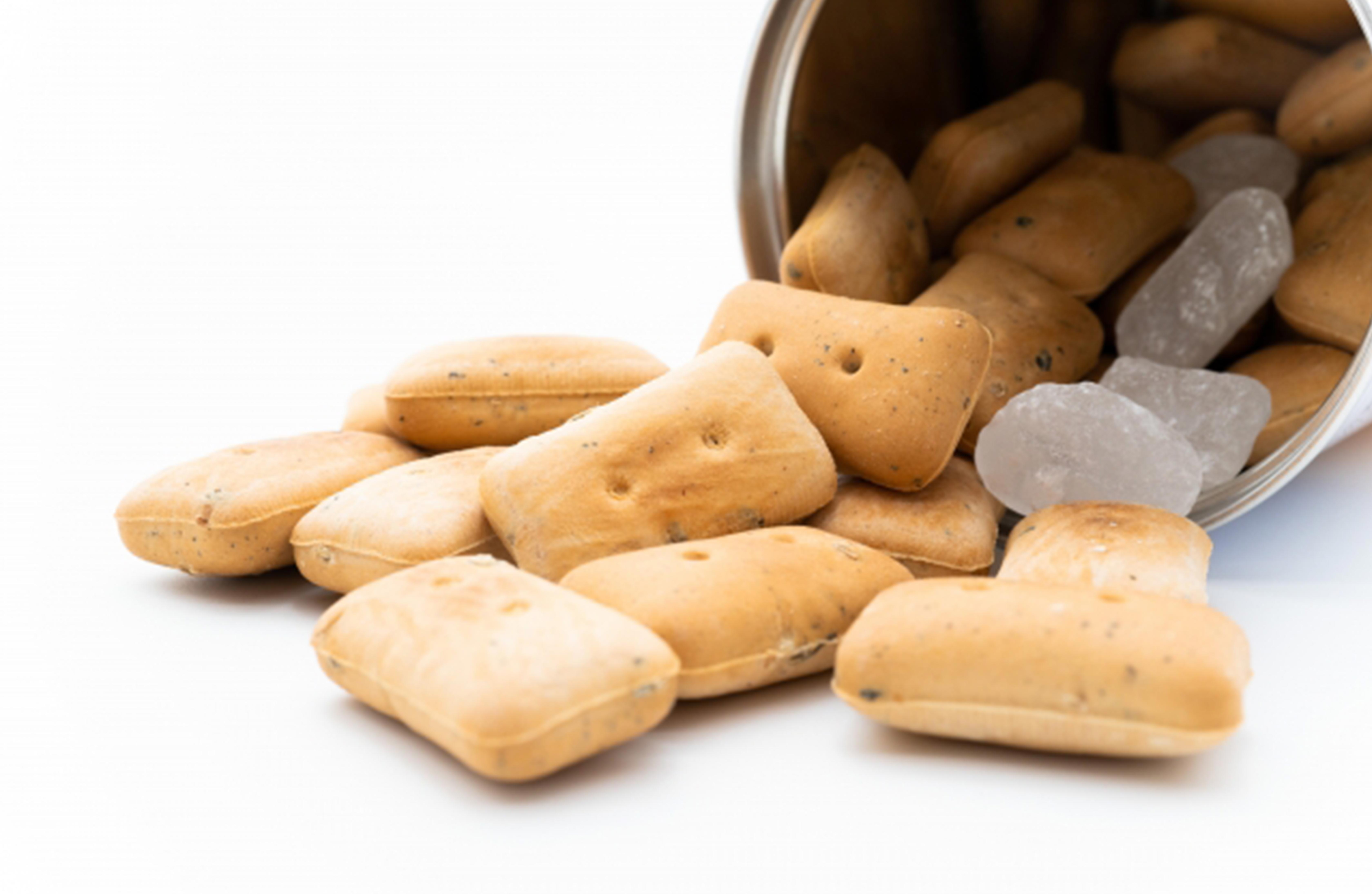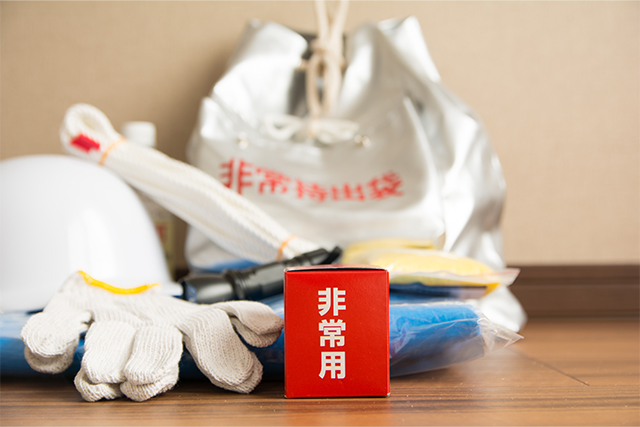In Japan, September 1st is designated as “Disaster Prevention Day” every year. This day reminds us of “the Great Kanto earthquake” that occurred on September 1st, 1923. t was established to raise awareness of disaster prevention measures against natural disasters, such as earthquakes and typhoons. The week including the day has been designated as “Disaster Prevention Week”. During this week, many public institutions and private companies throughout Japan are taking several disaster preparation activities, such as emergency drills and etc. Perhaps because of these, the awareness of disaster prevention among Japanese people is generally very high.

As you know, Japan is a country that suffers from very frequent earthquakes. In recent years, we have been faced with very large scale earthquakes such as “the Great East Japan Earthquake”, “the Great Hanshin-Awaji Earthquake” and others. Additionally, there many floods and landslides caused by typhoons or torrential rains every year. Therefore, there is a wide variety of “disaster prevention products” available on the market, based on the experiences of many disasters. They are kinds of items that are indispensable until official rescue or aid arrives after the disaster. Some are portable, some are to be kept at home or at work, etc. First-aid medical supplies, drinking water, and preserved food. Heat / ice protection equipment, and etc… There are so many different products. When looking at them in normal times, there are many items that give us an unusual feeling, which is quite exciting. However, please remember that it is only in normal times that you can examine various products, right? If thinking of purchasing them, you should definitely check out as many different products as possible. Because all of them are for saving your life in case of emergency.

Of course, even if you prepare these emergency items on a daily basis, you cannot be sure that you will be able to carry and use them properly when a natural disaster occurs. These disasters can happen at any time, you never know when they will happen. And many people panic when they are faced with a major natural disaster. Therefore, it is important to have a high awareness of disaster prevention as much as possible on a daily basis. “If we were to suffer an earthquake right here, right now…” “If a flood were to occur here and now…” It might be a good idea to get into the habit of thinking in this way on a moment’s notice. By doing so, it would be very important to be prepared to act calmly in case of an emergency. We hope you all will give it some thought about that.
Canned Foods

Since ancient times, the various efforts to preserve food for a long time have been made all over the world. And then, in the early 19th century, a breakthrough preservation way called tin canning was invented in England. It’s the birth of “canned foods”. Within the following half-century or so, “canned foods” quickly spread throughout Europe and the United States, and the use of can materials, manufacturing technologies, and sealing ways were rapidly developed. Well, it’s a famous story that it took almost half a century from the invention of canning to the invention of the can opener… At that time, modernization was proceeding rapidly in all fields in the Western world. And also, we guess the fact that it was very useful / practical for military purposes encouraged its rapid improvement.
The three main advantages of “canned foods” over previous long-term storage foods are as follows.
・Easy to transport
・Can be used to store cooked food
・Minimal loss of nutritional value
All of these advantages were exactly what we expected to find in a contingency food supply, right?
It was during the “Great Kanto Earthquake” that “canned foods” became known to the general public in Japan. “Canned foods” was used as aid supplies from the United States and other foreign countries.
This “canned foods” was quite a culture shock to the common Japanese people at that time.
First of all, surprised not knowing how to eat them…
→ Surprised to find how to open them
→ Surprised to see unfamiliar food inside
→ Surprised to see the foods taste good
→ Surprised that the empty cans are disposable…
Like this, they must be very surprised. Before that time (around the end of the 19th century), canning was done for export or for military use, but it was still very expensive, so it was not distributed to the general public at all. Well, it was a time when even glass bottled food was unknown, so it was understandable. Since then, a great variety of “canned foods” have been produced in Japan. They canned all kinds of foods or dishes, regardless of whether they were Japanese or Western. Nowadays, in Japanese cuisine except for raw food, most of the dishes have been successfully converted into canned products. And they’re all pretty good. Moreover, some say that even the canned foods of foreign dishes are often better than the original. In fact, it is quite popular among people from overseas.
For Japanese people, natural disasters such as earthquakes and typhoons are very common calamities. It would be best if we were never struck by such a disaster, but it is not impossible. That’s still the same for all of you, isn’t it? For such an eventuality, “canned foods” can be very useful as long-term storage foods. We hope you will take this opportunity to do some research on what you need to prepare for emergencies.




_op.png)
_001.png)
_002.png)
_003.png)
_004.png)
_005.png)
_006.png)
_007.png)
_008.png)
_op.png)
_001.png)
_002.png)
_003.png)
_004.png)
_005.png)
_006.png)
_007.png)
